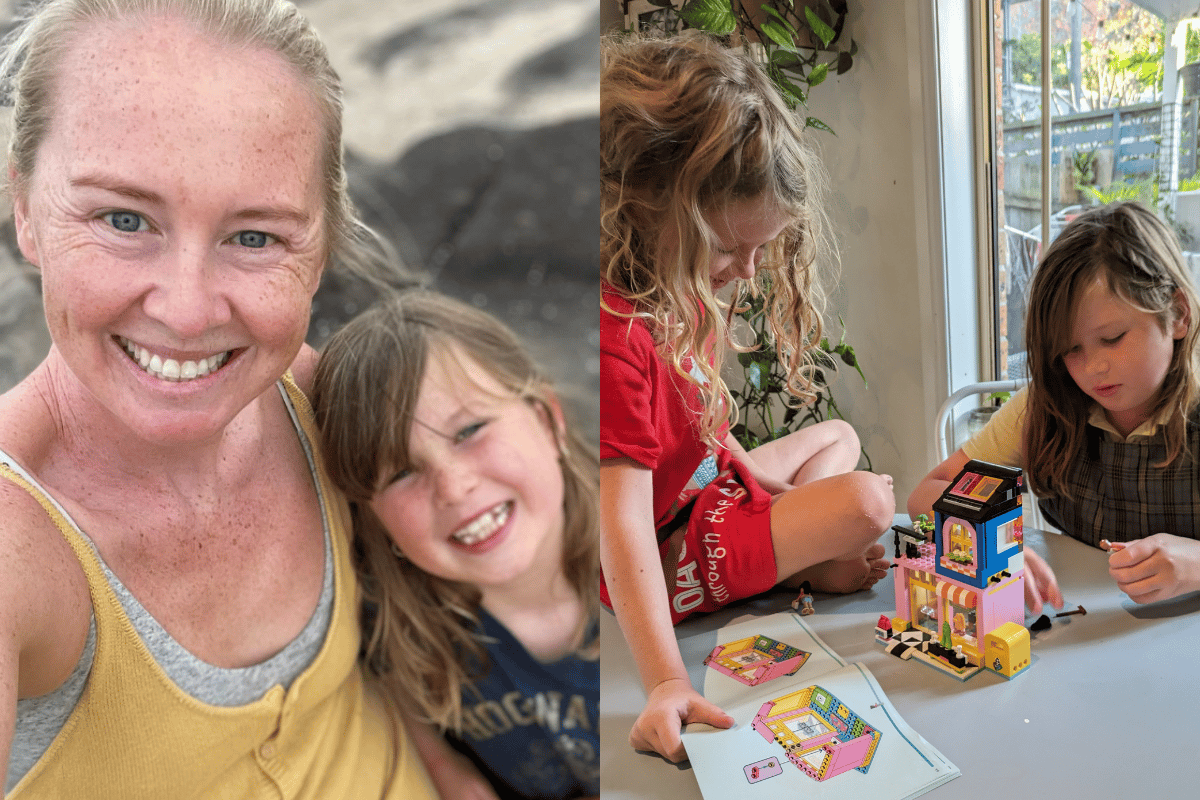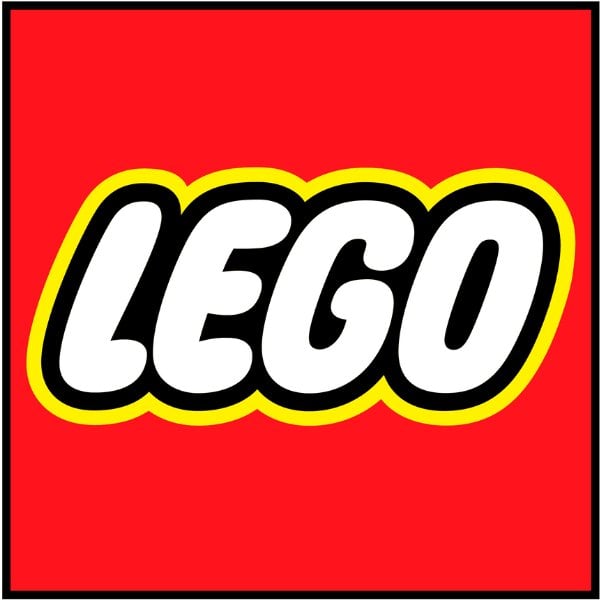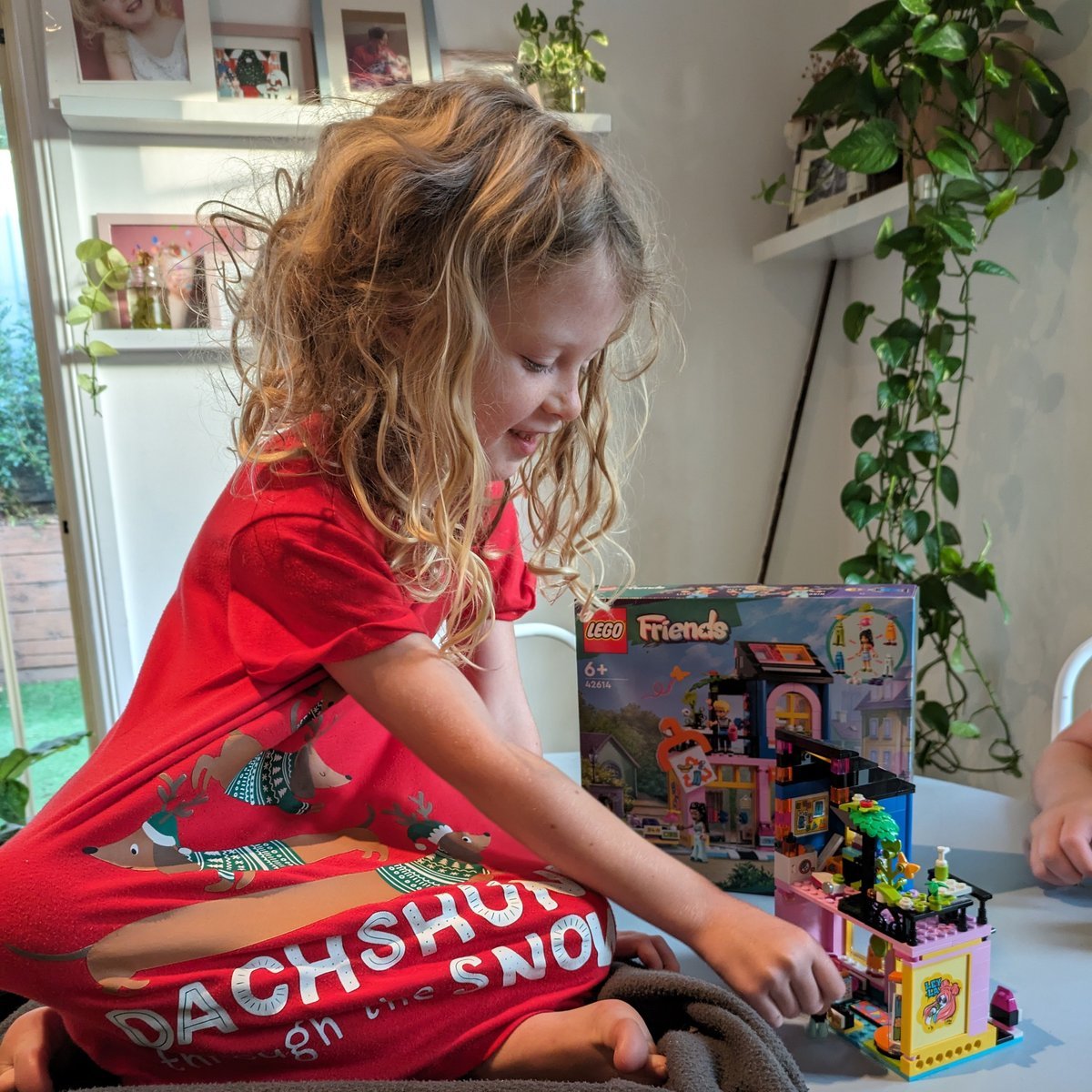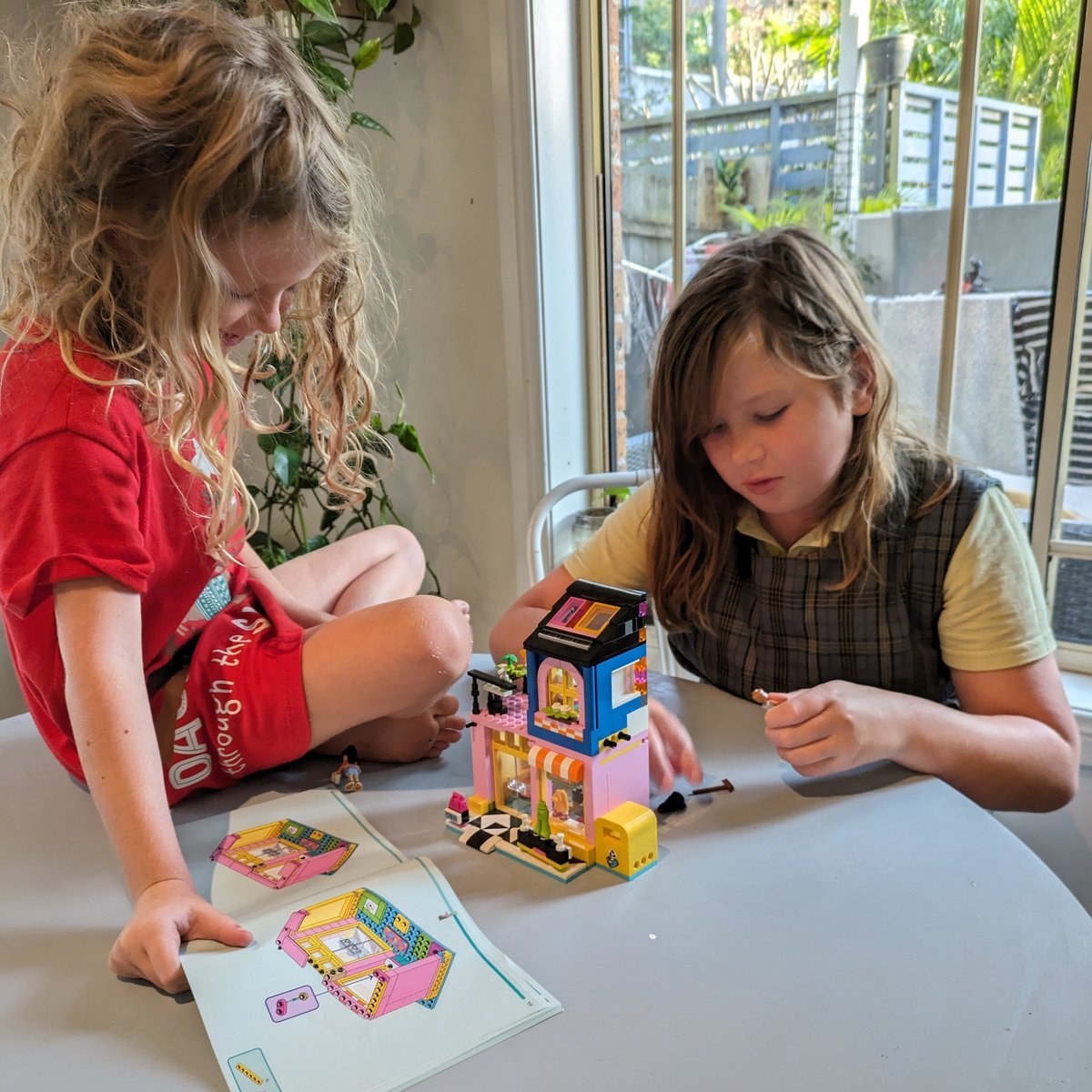

When was the last time you failed at something? Yes, it’s a slightly unpalatable thought (we as humans do not enjoy being less than awesome), but be honest. For me, it was the homemade pizza I made last night. I absolutely charred the base. There were many recriminations from my family. Even the dog turned up his nose at the piece that fell onto the floor. Welcome to Fails-ville, population: me.
In the big scheme of this gloriously messy life, it wasn’t a big deal. Lessons were learnt (make sure the pizza DOES NOT slide off the baking paper while still in the oven), and I moved on. And that’s the thing about failing as an adult; for the most part, we regularly experience small failures. Be it signing off an email to your manager with a kiss or burning a pizza base, we know what a little touch of failure looks and feels like. We know it's not life-threatening and, for the most part, it doesn’t stop us from trying again.
Our kids, however, haven’t flexed their failure muscles like we have. Failing looks different to the under 12s. Way different. And as we strive to raise strong, creatively confident and resilient kids, this isn’t ideal. If failure is the enemy, it's very hard to use it as an opportunity for growth, which is what we want our kids to do!
How can we help our kids develop a better relationship with failure? It all starts with play.
What the research tells us.
Kids don’t enjoy failing. I mean, no one does, but kids don’t quite know what to do with the emotions that it stirs up. This is especially true for girls in the five to 12 age bracket. Research from The LEGO® Group which surveyed 61,500 children from 36 countries, found that two-thirds of girls feel reluctant to share their ideas due to fear of making mistakes, with three in five feeling societal pressure to be perfect.


